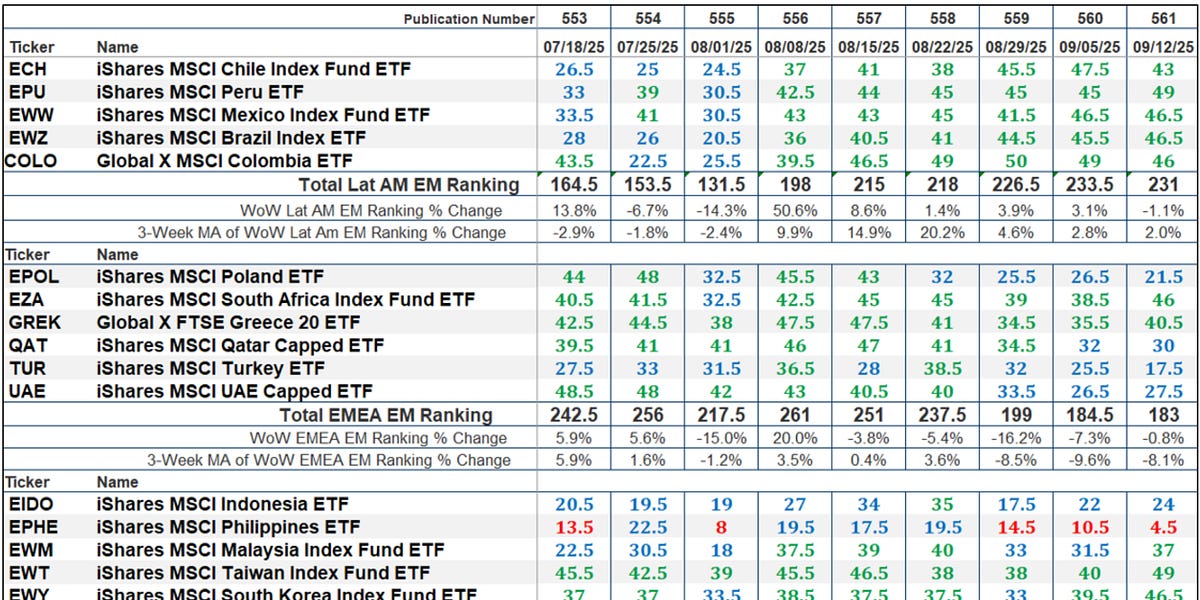In a recent tweet, Ripple highlights infrastructure as that key element that makes a stablecoin truly useful, with interoperability, transparency and scale underpinning this usability as infrastructure.
According to Jack McDonald, CEO of Standard Custody and SVP of Stablecoins at Ripple, the design of a stablecoin is critical. For a stablecoin to succeed, it must be interoperable across platforms and networks rather than tethered to a single brand.
A stablecoin should also provide complete transparency around reserves and redemption and provide the scalability and reliability expected of a core financial infrastructure. In this regard, Ripple is committed to the full transparency of the reserves supporting RLUSD with its monthly reserve reports.
According to McDonald, the above-stated approach is not optional as those features are necessary for mainstream adoption, long-term relevance and the stability that “stablecoin” implies, forming the basis of the RLUSD stablecoin issued on both XRP Ledger and Ethereum.
The current stablecoin market capitalization is $302 billion, according to CoinMarketCap data.
Privacy coming to XRP Ledger
In a recent tweet, RippleX revealed initial discussions of an upcoming amendment that might bring privacy to the XRP Ledger.
Confidential MPT is a spec for the XRP Ledger that would bring privacy to balances and transfers. However, public auditability and validator-enforced checks would remain unchanged, creating a secure financial environment.
Confidential MPTs provide confidential transfers and balances using EC-ElGamal encryption and Zero-Knowledge Proofs (ZKPs), while preserving XLS-33 semantics.
This design aligns naturally with XLS-33, which enables flexible tokenization on the XRP Ledger; however, all balances and transfers remain publicly visible, which might limit adoption in institutional and privacy-sensitive contexts. Confidential MPTs address this gap by introducing encrypted balances and confidential transfers while preserving XLS-33 semantics.







